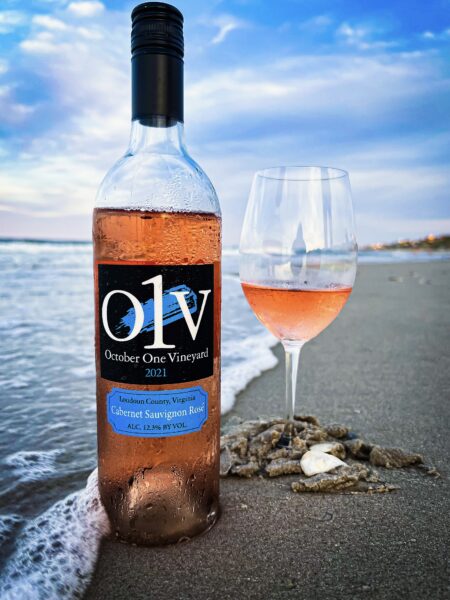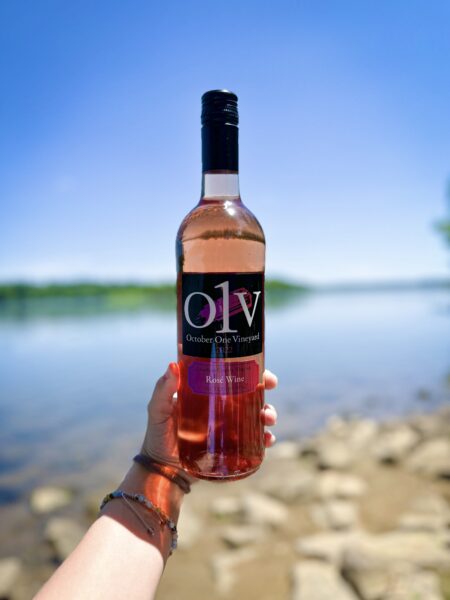
Rosé wine, with its delicate hues and refreshing flavors, has become a favorite among wine enthusiasts around the world. But how do winemakers achieve that perfect balance of color, aroma, and taste? The art of crafting Rosé is both ancient and evolving, combining traditional techniques with modern innovations. Let’s dive into the different winemaking methods that bring this beloved pink drink to life.
- Direct Pressing
Direct pressing is one of the most straightforward methods of making Rosé. In this technique, red grapes are gently pressed to extract their juice, spending minimal time in contact with the grape skins. This limited skin contact gives the wine its pale pink color, often associated with the elegant, Provençal style of Rosé.
Key Characteristics:
- Color: Light pink to salmon.
- Flavor Profile: Fresh and crisp, with notes of citrus, red berries, and florals.
- Regions: Common in Provence, France, but also used worldwide.
- Maceration
Maceration is the process where the phenolic materials of the grape–tannins, coloring agents and flavor compounds are leached from the skins, seeds and stems into the must. The grape juice remains in contact with the skins for a short period, typically anywhere from a few hours to a couple of days. This method results in a deeper color and more intense flavors compared to direct pressing.
Key Characteristics:
- Color: Medium pink to bright pink.
- Flavor Profile: Fruity and aromatic, often with hints of strawberries, raspberries, and melon.
- Regions: Popular in various regions, including Spain and Italy.
- 3. Saignée (Bleeding)
The Saignée method, meaning “to bleed” in French, is a technique where a portion of the juice is “bled” or drained off from a tank of crushed red grapes in the early stages of fermentation. This process not only produces Rosé but also concentrates the remaining red wine.
Key Characteristics:
- Color: Ranges from light pink to a darker pink, depending on the timing of the bleeding.
- Flavor Profile: Rich and robust, with a fuller body and more pronounced fruit flavors and tannins.
- Regions: Frequently used in Bordeaux, Napa Valley, and other regions known for their red wines.
- Blending
Blending involves mixing a small amount of red wine with white wine to produce Rosé. This method is less common for still Rosé wines but is widely used in the production of sparkling Rosé, particularly in regions like Champagne.
Key Characteristics:
- Color: Varies widely, from pale pink to vibrant pink.
- Flavor Profile: Can range from light and delicate to bold and complex, depending on the wines used.
- Regions: Champagne (for sparkling Rosé), and occasionally in other regions for still Rosé.
- Run Off (Vin Gris)
Vin Gris, or “gray wine,” is a very light style of Rosé made from red grapes using minimal skin contact. In this method, the juice is typically run off the skins almost immediately after crushing, resulting in a wine that is only faintly pink.
Key Characteristics:
- Color: Very pale pink, almost grayish.
- Flavor Profile: Subtle and delicate, with hints of citrus, peach, and light red fruits.
- Regions: Often found in regions like the Loire Valley in France

Conclusion
Each method of making Rosé offers a unique expression of the wine, influenced by factors such as grape variety, region, and winemaker’s style. Whether you prefer the light, crisp notes of a direct press Rosé or the rich, fruity flavors of a Saignée, there’s a Rosé to suit every palate. When sipping on a glass of this charming wine, take a moment to appreciate the artistry and tradition behind its creation. While exploring the intricate world of Rosé, remember that the journey from vine to bottle is as varied and vibrant as the wine itself.
Visit the October One Tasting Shop in downtown Leesburg this month to experience two unique styles, including the newly released 2023 Cabernet Sauvignon Saignée Rosé. Which pink drink will be your favorite? Cheers to summer and thank you for supporting our vineyard!